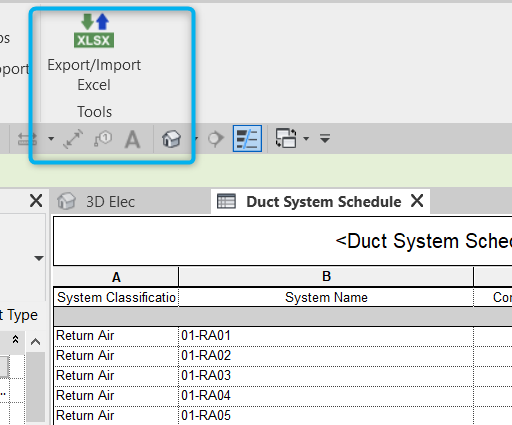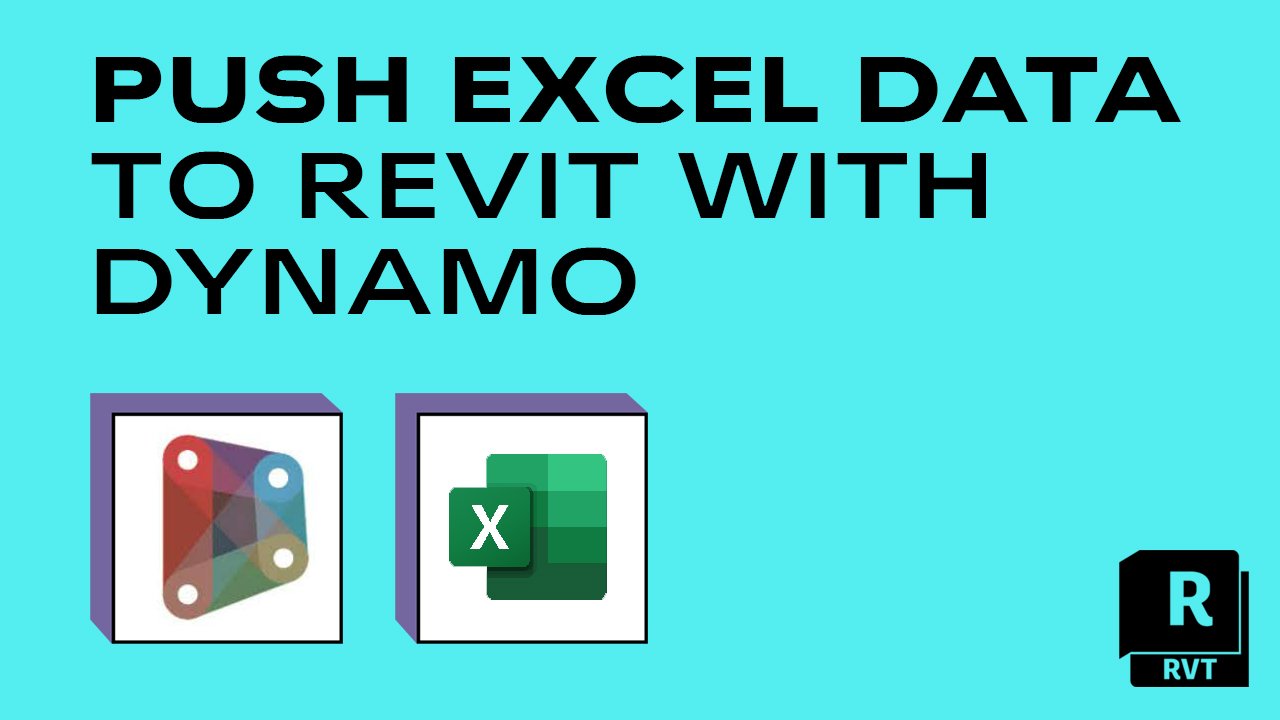Unlock New Opportunities with Innovative Revit Plugins
Wiki Article
Revit Accelerator: Excel Integration Techniques for Boosting Efficiency and Cooperation
In this article, we will explore the advantages of integrating Excel into your Revit process. Plus, we will share ideal techniques for perfectly incorporating Excel right into your Revit projects. Get prepared to supercharge your Revit experience with our Revit Accelerator: Excel Integration Techniques!Advantages of Excel Assimilation in Revit
The benefits of Excel integration in Revit are various and can substantially boost productivity and cooperation. By seamlessly attaching these two powerful tools, you can improve your operations and save valuable time. With Excel assimilation, you can conveniently import and export data in between Revit and Excel, allowing you to utilize the staminas of both programs.
One more benefit of Excel integration is the capability to develop dynamic schedules and reports. By linking your Revit design to an Excel spread sheet, any type of adjustments made in Revit will automatically upgrade in the matching Excel file. This makes it easy to create current timetables, quantity takeoffs, and various other job documents.
Excel combination in Revit additionally allows far better cooperation amongst employee. With the capability to import and export data, you can conveniently share info with colleagues who might not have accessibility to Revit. This promotes reliable communication and enables for far better sychronisation and decision-making.
Streamlining Workflows With Revit and Excel
Simplifying process with Revit and Excel can considerably improve performance and collaboration. By incorporating the capabilities of Revit and Excel, you can flawlessly transfer data between the 2 applications, removing the need for hand-operated information entry and decreasing the danger of errors.
Making Use Of Revit and Excel with each other enables you to leverage the toughness of each program - import excel into revit. You can export information from Revit into Excel, where you can carry out complex computations, develop charts and charts, and evaluate the info in an extra effective and orderly fashion. On the various other hand, you can import data from Excel right into Revit, enabling you to swiftly update your models and paperwork based upon modifications made in Excel
The combination of Revit and Excel also advertises partnership amongst team participants. By sharing Excel files, you can conveniently collaborate and interact on layout and construction-related data. This boosts sychronisation and ensures that every person is dealing with the most current information.
Maximizing Partnership With Excel and Revit
To maximize cooperation with Excel and Revit, you can flawlessly upgrade and share style and construction-related data with your group. By integrating Excel with Revit, you can remove the requirement for manual data access and lower the threat of errors. With just a few clicks, you can import Excel spread sheets right into your Revit model, permitting you to conveniently accessibility and adjust the data. This integration enables you to work together much more efficiently with your group, as everyone can service the very same information in real-time.One of the essential advantages of making use of Excel in combination with Revit is the capability to update information in both programs all at once. Any type of adjustments made in Excel will instantly be shown in Revit, and the other way around. This makes sure that everybody is functioning with the most updated details, avoiding confusion and conserving important time.
In addition, Excel gives powerful devices for evaluating and arranging data, which can considerably enhance your collaboration initiatives. You can produce custom-made reports and charts in Excel, helping you to visualize and connect important task information successfully. This can be specifically beneficial when providing data to stakeholders or making informed choices based on job metrics.
Advanced Methods for Boosting Productivity in Revit Using Excel
By utilizing innovative strategies in Revit, you can considerably enhance your efficiency by leveraging the power of Excel. Among the crucial techniques for improving efficiency is by utilizing Excel as an information management tool. With Revit's Excel assimilation function, you can link Excel spreadsheets straight to your Revit design, allowing you to easily handle and upgrade data. This integration enables you to develop schedules, determine quantities, and execute information analysis efficiently.
In addition, you can use Excel macros to automate repetitive tasks in Revit (revit add ins). Macros enable you to videotape a series of activities and play them back with a solitary click, conserving you effort and time. For instance, you can produce a macro to immediately generate space timetables or update specification values in bulk.
Best Practices for Excel Combination in Revit
Utilizing Excel as a data monitoring device in Revit enables reliable monitoring and updating of information. By integrating Excel into your Revit workflow, you can simplify your processes and enhance productivity. One of the most effective methods for Excel combination in Revit is to develop a clear and organized information structure. This implies creating your Excel spread sheets with columns and rows that line up with the criteria and categories in your Revit task. By doing so, you can easily import and export information in between Revit and Excel with no complication. One more best technique is to use solutions and features in Excel to automate computations and data adjustment. This can conserve you time and guarantee precision important source in your information monitoring. In addition, it is essential to consistently upgrade your Excel spreadsheets and sync them with your Revit job. In this manner, any changes made in Revit will certainly be mirrored in your Excel files, and the other way around. By complying with these ideal practices, you can properly make use of Excel as an information administration device in Revit and enhance your efficiency and cooperation.Final Thought
To conclude, integrating Excel with Revit can significantly boost efficiency and collaboration in the layout process. By improving process and making the most of partnership, teams can additional resources function a lot more efficiently and efficiently. Advanced methods, such as making use of Excel macros and solutions, can further improve performance in Revit. Nevertheless, it is crucial to follow finest methods to guarantee smooth assimilation and prevent any kind of possible problems. By leveraging the power of Excel, Revit individuals can achieve higher degrees of productivity and collaboration in their tasks.With Excel integration, you can conveniently import and export data between Revit and Excel, enabling you to leverage the strengths of both programs.
One of the key benefits of Excel assimilation is the capacity to make use of Excel formulas and functions within Revit. By connecting your Revit design to an Excel spread sheet, any type of modifications made in Revit will automatically upgrade in the matching Excel data. On the various other hand, you can import information from Excel into Revit, allowing you to rapidly upgrade your versions and paperwork based on changes made in Excel.
With Revit's Excel combination feature, you can connect Excel spreadsheets directly to your Revit version, allowing you to easily handle and update information.
Report this wiki page